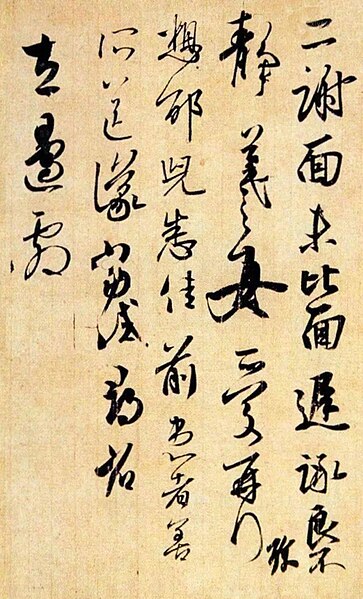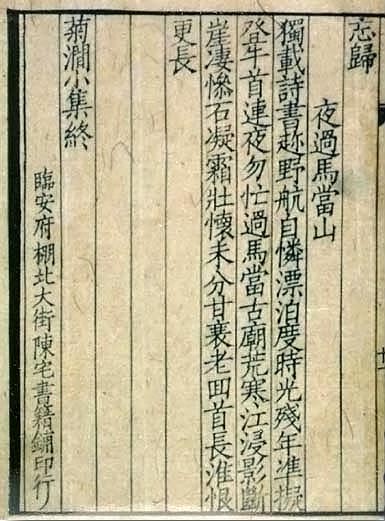Language/Multiple-languages/Culture/Introduction-to-Han-script
Hi, polyglots!
Every time you see Han characters, you may see them as random strokes and wonder how other people memorise them. Once you have payed attention for a while and learned about the basics of Han script, they will become crystal clear to you.
in progress
Evolution of Han script
There is an evolution: Egyptian → Proto-Sinaitic → Phoenician → … → most scripts used today. Han script has its own: oracle bone script [甲骨文], bronze script [金文] and other scripts → seal script [篆書] → clerical script [隸書] → regular script [楷書].
There are artistic scripts derived from the regular script:
- running script [行書]
- grass script [草書]
There are also typefaces for printing:
- Song [宋體] / Ming [明體]
- Imitation Song [仿宋體]
- Gothic [黑體]
Glyph forms of early scripts are highly diverse. After the unification of China by Qin dynasty, glyph forms other than the ones used in the State of Qin are abolished. In the modern time, character glyph forms are standarised differently in different sovereign states and dependent territories.
Simplifications of Han characters take place in different times. Systematic simplifications include the creation of the clerical script in the State of Qin and the Chinese Character Simplification Scheme in the People's Republic of China.
| script | image |
|---|---|
| oracle bone script | 
https://commons.wikimedia.org/wiki/Category:Oracle_bone_script |
| bronze script | 
|
| seal script | 
|
| clerical script | 
|
| regular script | 
|
| running script | 
https://commons.wikimedia.org/wiki/Category:Semi-cursive_script |
| grass script | 
https://commons.wikimedia.org/wiki/Category:Chinese_cursive_script |
| typeface | image |
|---|---|
| Song / Ming | 
https://commons.wikimedia.org/wiki/Category:Ming_(typefaces) |
| Imitation Song | 
|
| Gothic | 
|
Creation and use of Han characters
It is mentioned that there are six categories of characters [六書] in the Rites of Zhōu [周禮] without explanation. Nowadays, those six categories of characters are thought to be
| category of characters | explanation of the category | example | meaning of the example | explanation of the example |
|---|---|---|---|---|
| pictographs [象形字] | a character where concrete objects are depicted in pictorial form |
|
|
|
| indicatives [指事字] | a character where abstract ideas are depicted in pictorial form |
|
|
|
| compound ideographs [會意字] | a character consisting of two or more semantic components |
|
|
|
| phono-semantic compounds [形聲字] | a character consisting of a phonetic and a semantic components |
|
|
|
| category of characters | explanation of the category | example | meaning of the example | explanation of the example |
|---|---|---|---|---|
| derivative cognates [轉注字] | characters with different readings and meanings derived from the same original character; disputed as it is unnecessary to exist |
|
|
|
| loangraphs [假借字] | a character borrows another character's shape; the character being borrowed changes its form |
|
|
|
